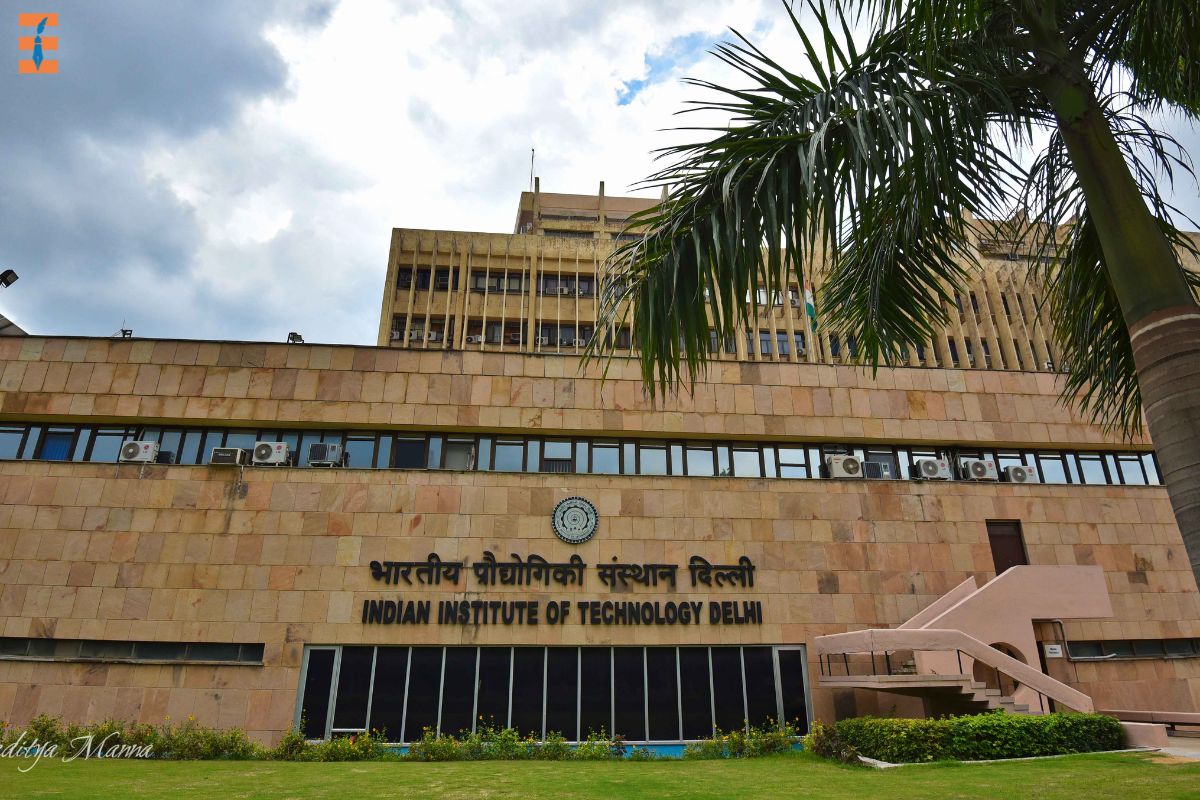The importance of international education evaluations in our ever-changing world cannot be overstated. These evaluations serve as a valuable tool for stakeholders to assess the quality, effectiveness, and relevance of educational systems on a global scale. As globalization continues to connect people across borders, there is a growing need for comprehensive evaluations that provide insights into the educational landscape. In this article, we will delve into the methods, challenges, and future possibilities of international education evaluations, highlighting their significance in shaping the future of individuals, societies, and nations.
The Significance of International Education Evaluations
International education evaluations play a pivotal role in fostering global cooperation, facilitating educational reforms, and promoting excellence in teaching and learning. They provide valuable insights into the strengths and weaknesses of different educational systems, enabling policymakers, educators, and researchers to make informed decisions. By benchmarking performance against international standards, evaluations help identify best practices, areas for improvement, and emerging trends in education.

Moreover, in an increasingly interconnected world, where students are crossing borders to pursue education, evaluations serve as a crucial tool for ensuring the recognition and equivalence of qualifications. Whether it’s a student applying to a university abroad or a professional seeking employment in a foreign country, having their credentials evaluated against international standards is essential for mobility and access to opportunities.
Methodologies Used in International Education Evaluations
International education evaluations employ diverse methodologies to assess the quality and effectiveness of educational systems. These methodologies may include standardized testing, comparative analysis, peer reviews, and qualitative assessments. One of the most well-known evaluation frameworks is the Programme for International Student Assessment (PISA), conducted by the Organisation for Economic Co-operation and Development (OECD). PISA assesses the performance of 15-year-old students in reading, mathematics, and science, providing valuable data for policymakers and educators worldwide.

Additionally, organizations such as UNESCO, the World Bank, and international accreditation bodies play a significant role in conducting evaluations and setting standards for educational quality. They often collaborate with national governments, educational institutions, and experts to gather data, conduct analyses, and produce reports that inform policy and practice.
Challenges in International Education Evaluations
Despite their importance, international education evaluations face several challenges that hinder their effectiveness and reliability. One such challenge is the diversity of educational systems across countries, making it difficult to develop standardized assessment tools that are culturally sensitive and contextually relevant. Variations in language, curriculum, teaching methodologies, and socio-economic factors pose significant obstacles to comparability and validity.
Furthermore, the politicization of education can influence the outcomes of evaluations, as governments may seek to manipulate data or prioritize certain indicators to enhance their image internationally. This can undermine the credibility and impartiality of evaluation processes, leading to skepticism and mistrust among stakeholders.
Another challenge is the lack of transparency and accessibility of evaluation data. In many cases, evaluation reports are not readily available to the public, limiting the accountability of educational institutions and policymakers. Moreover, the dominance of English as the language of international communication can marginalize non-English-speaking countries and hinder their participation in global evaluation initiatives.
Future Prospects and Recommendations
Despite these challenges, there are opportunities for enhancing the effectiveness and relevance of international education evaluations. Embracing technological innovations such as artificial intelligence, big data analytics, and online platforms can streamline data collection, analysis, and dissemination, making evaluations more efficient and accessible. Moreover, fostering international cooperation and collaboration among stakeholders can promote the sharing of best practices, capacity-building, and mutual learning.

Furthermore, there is a need to shift towards a more holistic and inclusive approach to evaluation, taking into account the diverse needs, aspirations, and perspectives of students, teachers, parents, and communities. This requires moving beyond standardized testing and embracing alternative assessment methods that value creativity, critical thinking, and cultural diversity.
Conclusion
International education evaluations have a significant impact on promoting excellence, equity, and innovation in education. These evaluations help address challenges and embrace opportunities to create a more inclusive, sustainable, and interconnected world. Stakeholders worldwide need to collaborate and ensure that every child has access to quality education. This will provide them with the opportunity to realize their potential on a global scale.
FAQs:
1. What’s the purpose of international education evaluations?
Answer: International evaluations benchmark educational systems globally, identify areas for improvement, facilitate recognition of qualifications across borders, and inform education policy.
2. How are international education evaluations conducted?
Answer: They’re conducted using methods like standardized testing, comparative analysis, peer reviews, and qualitative assessments, often through collaboration between international organizations, governments, and experts.
3. What challenges do international education evaluations face?
Answer: Challenges include diverse educational systems, politicization, language barriers, limited transparency in data access, and English dominance in communication, impacting comparability and validity.
4. How do international education evaluations benefit students and professionals?
Answer: They ensure qualification recognition, facilitate mobility and access to opportunities abroad, provide insights into trends and best practices, and promote excellence and equity in education.
5. What are the prospects for international education evaluations?
Answer: Prospects include leveraging technology, fostering global cooperation, adopting holistic evaluation approaches, and using evaluations to build a more inclusive and sustainable world.
Also Read: Global Movement Gathers Pace for Universal Free Education










